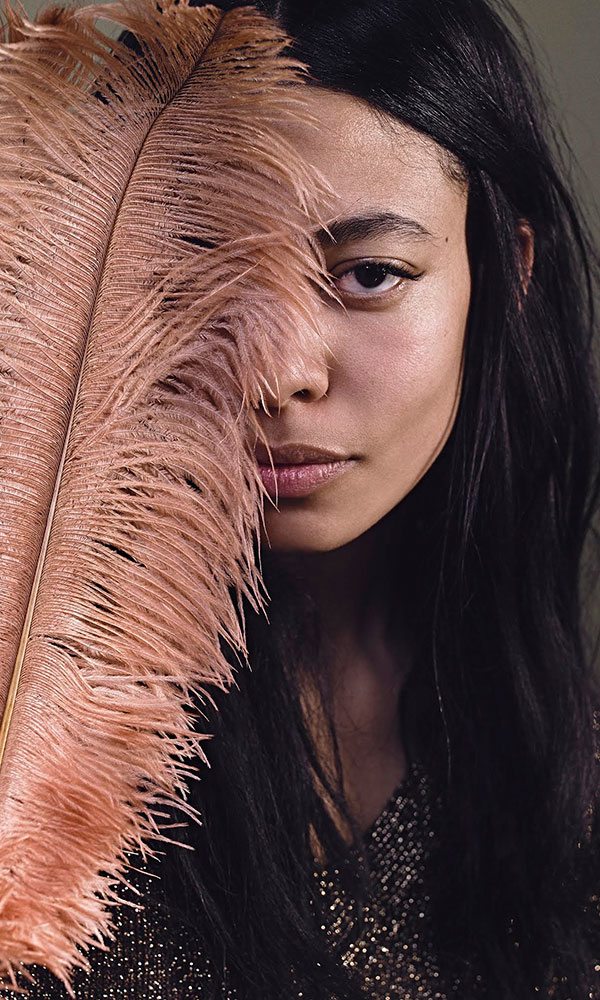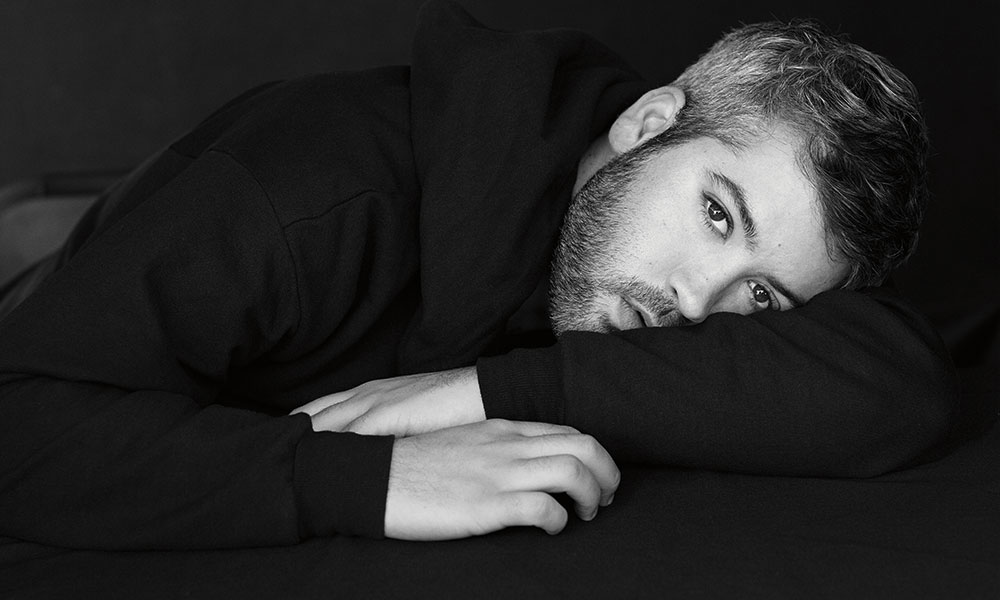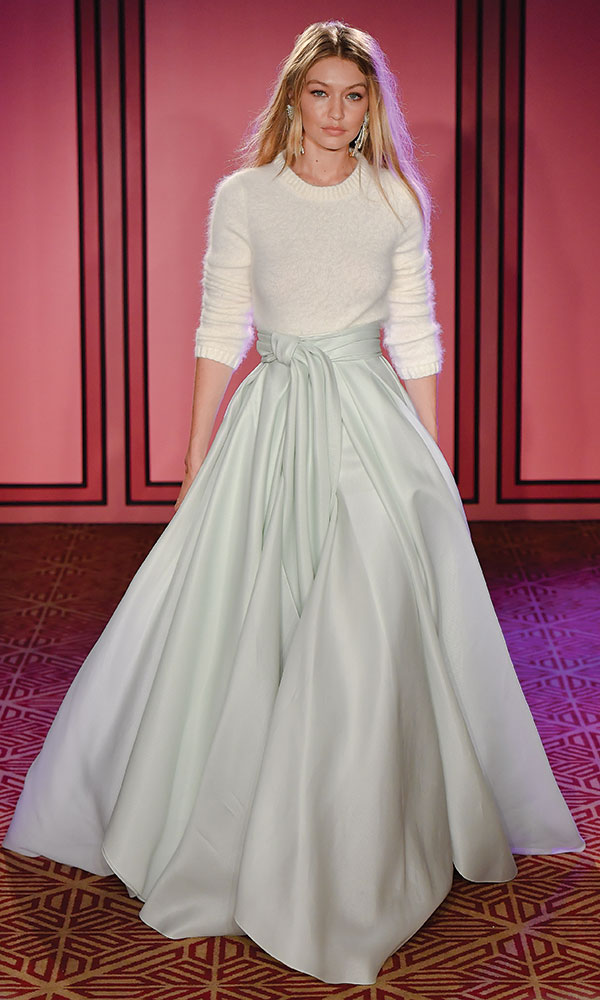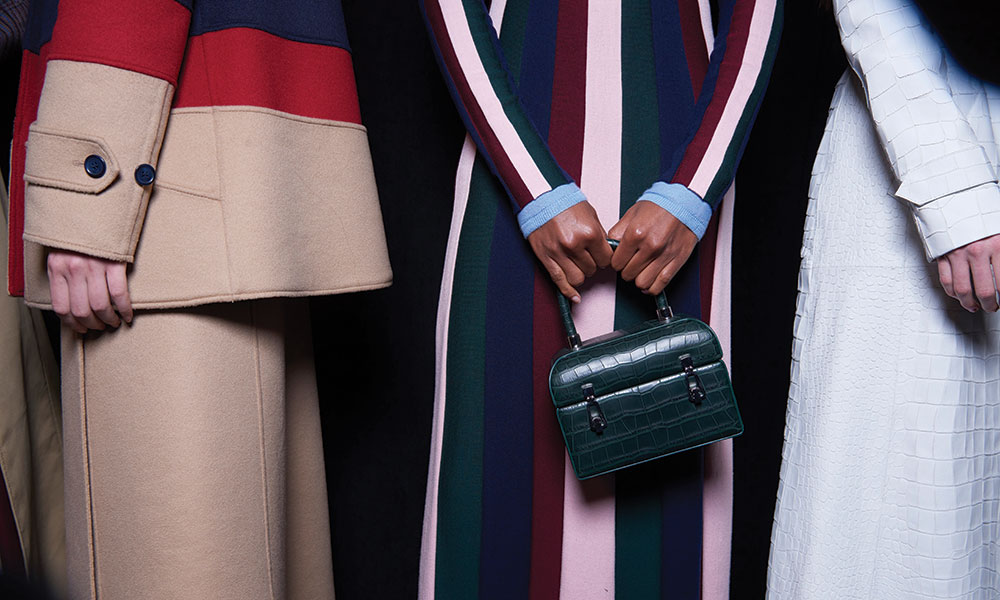There’s a changing of the guard happening in the fashion world. One by one, iconic designers such as Carolina Herrera, Marc Jacobs and Donna Karan are moving on—consolidating their business operations, deferring more and more to their design teams or simply retiring. And while the designers themselves might be entering a new phase in their lives, their creative contributions to fashion can never be forgotten: Marc Jacobs’ impossibly cool downtown aesthetic; Carolina Herrera’s crisp white shirts and colorful skirts; Donna Karan’s signature black ensembles.
But don’t think for a minute that there’s a creative vacuum left by their absence. As with so many things in life, when one fashion moment ends, another begins. Over the last few years, I’ve seen many young designers come onto the scene and many disappear. But it’s the ones that have managed to punch above their weight that have caught my eye, the ones who have a unique approach to design that will get them noticed and turn them into commercial hits. Playing it safe, in my experience, is not what builds a successful and long-lasting fashion brand.
There’s a new generation of buzzworthy designers with serious talent coming up in New York City. I suggest you get to know these three now—so that one day, when they’re the new establishment, you can say you knew them well before everyone else did. That’s what I’ll surely do.

AURORA JAMES
Everybody has that one friend. The one who thinks ahead of the curve, who always has their hands in a hundred different projects, who shows up fashionably late to the party and leaves fashionably early on her way to the next one. Aurora James is that friend. She has that perfectly messy hair that frames her face and round, bright eyes that pierce their way into any conversation. She’s always dressed in some perfectly tailored frock that she picked up in Kenya, or carrying an adorable bag that she found at a street market in the Caribbean.
Aurora James is a woman of the world, but the brilliant thing about her is that she understands how, in 2018, it isn’t enough simply to design things that look beautiful—they have to have a beautiful story behind them too. So, in 2013, when the Toronto native moved to New York City and launched her brand, Brother Vellies, it was important to her that it have a backstory as interesting as its shoes and accessories.
James begins her creative process with sketches in Manhattan, and then the shoes and accessories are produced in Africa, using sustainable leathers and furs and incorporating traditional techniques for an aesthetic that is absolutely unique. “Our process—from my original idea to creating a shoe—involves dozens of different people and different languages,” says James. “Sketching is important, because it serves as our visual communication tool. When we start off with original sketches, it’s about leaving as much open to interpretation as possible, and then building different artisanal elements on top of that sketch.”
The result of James’ unique supply chain and design approach is a collection of shoes tinged with traditional design elements such as springbok fur accents and intricate beading. But knowing that her products are made in an ethical way that creates jobs for women in Africa is what gives Aurora James such extraordinary confidence in her brand. “I just really want women and men—but especially women—to know that you can do anything you set your mind to. People have to push for what they want and make sure their idea stands out and has purpose. I think I made that true. Everyone can make that true.”

BRANDON MAXWELL
It’s hard not to be enamored with Brandon Maxwell. In some ways, he looks like so many other Manhattan-based creatives (silver hair, thick-framed glasses, dressed in head-to-toe black), but his bubbly personality and gentle Texas accent would make any hardened New Yorker gush over his charm.
From a young age, Maxwell had a passion for dressing women. Long before he had any aspirations of becoming a professional designer, he learned about style from his grandmother. She was a buyer for a small boutique in Longview, TX, where he’d spend afternoons after school. “You’d go into the dressing room, and my grandmother would have the bags and the jewelry and the shoes and the outfit picked out and laid out for the women,” says Maxwell. “I really got to see what made them feel great and what they were insecure about. It was just like a high for me.”

In his early years in NYC, Maxwell started to make his mark working alongside power-stylists Nicola Formichetti and Edward Enninful, and styling his longtime best friend Stefani Germanotta, better known as Lady Gaga. So it might come as a surprise that for Maxwell’s own brand, his design aesthetic is markedly not Gaga-y. He often designs in pure black, ivory and sometimes blush tones, with silhouettes that are statuesque, clean and timeless.
The genius of Maxwell’s approach—and why he’s been able to explode onto the fashion scene the way he has—is that he isn’t trying to do something too revolutionary. Speaking with Maxwell, I can sense his passion. His eyes light up when I ask what makes him tick as a designer. “It’s really about quality and craftsmanship for me, and construction,” he says. “I’m not trying to break the system; I’m just trying to give women a quality piece of clothing. I want to be the place that they go to every season and get those essential things that they need, that have a little bit of an edge.”

GABRIELA HEARST
It’s hard not to be inspired by the life Gabriela Hearst leads (I might say I’m even a little jealous). Born in Uruguay, she grew up dividing her time between her family’s horse ranch in the north and the beaches on Uruguay’s coast. Today, she’s a working mother based in Manhattan, regularly jetting off to Paris to develop the European market for her eponymous designer brand. She’s a woman on the go—and in charge. Hearst is always dressed in a pared-back but luxurious way, her hair often tucked into a turtleneck and her skin always glowing in that sun-kissed South American way (even in the dead of a Manhattan winter). And the only thing warmer than her complexion is her personality. As a mother, wife, designer and business owner, Hearst is one of those women who makes everyone else wonder: “How does she do it all—and look so good doing it?”
The secret, Hearst tells me conspiratorially, is learning to multitask. A life on the go means that inspiration can strike at any time. “I usually start sketching in notebooks that I carry everywhere,” she says. “They’re rough sketches, then the main inspiration is always sparked by my curiosity. It can be a person or several people or even a movement. Then the research starts, which is one of my favorite parts of the process as we choose and develop materials.”
Indeed, it’s Hearst’s selection of materials that sets her brand apart and creates a true sense of luxury. Knits and wools generally come from Manos del Uruguay, a luxurious, ethical supplier from her native country. A driving ideology behind Hearst’s brand is the concept of “honest luxury.” Says Hearst: “It has to do with transparency and accountability. Our product is priced the way it is because of the materials and quality of each piece. There’s no price scheme or strategy. We aren’t selling a product based on trends with a quality that isn’t there. My customer can’t be fooled.”
